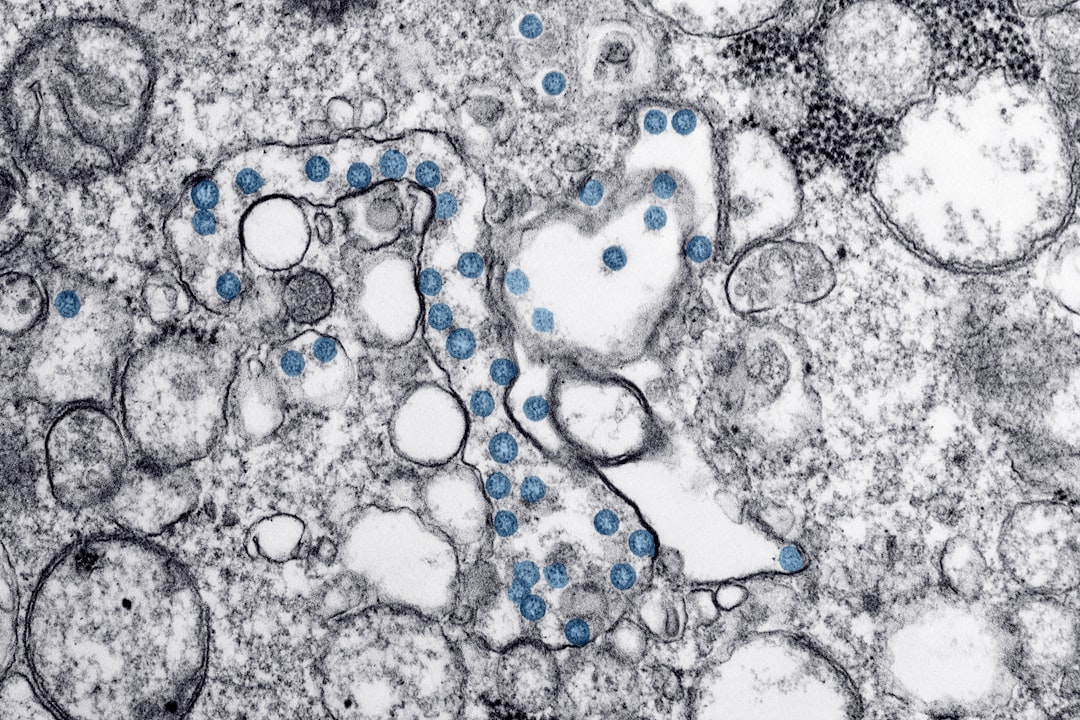What is it about?
The introduction of alien species represents one of the greatest threats to biodiversity worldwide. Highway construction increases the dispersal and invasion of exotic plant species. This study examined the assembly process of the plant communities to determine whether the roadsides of the Patagonian steppe represent a reservoir and dispersal source of invasive exotic species. We analyzed the composition of exotic and native species and functional groups present in the established vegetation and seed banks of roadsides and reference areas nearby. The type of dispersal of exotic and native species at the roadsides was also evaluated. Total cover and that of exotic and native species was lower at the roadsides than in the reference areas; however, at the roadsides the cover and seed abundance of exotic species was higher than that of native species. In the roadsides vegetation, native shrubs such as Acaena splendens predominated, along with exotic perennial herbs and grasses which were mainly represented by Rumex acetosella. In the seed bank the predominant species were exotic perennial herbs, also represented by R. acetosella, annual exotic species such as Epilobium brachycarpum and Verbascum thapsus, and annual native species such as Heliotropium paronychioides. No exotic shrubs were found either at the roadsides or in the reference areas. The species at the roadsides did not present a dominant type of dispersal. The abundance of exotic species at the roadsides, both in the aboveground vegetation and the seed bank, may be due to the stressful environment and the characteristics of the species themselves, such as the ability to form seed banks. This work revealed that the roadsides of the Patagonian steppe constitute reservoirs of invasive exotic species, highlighting the importance of identifying them and controlling their spread, with a view to generating ecosystem management programs.
Featured Image

Photo by Steven Lasry on Unsplash
Why is it important?
This work has demonstrated that the roadsides of the northwest Patagonian steppe constitute a reservoir of exotic species. Since the spread of exotic species is a major problem throughout the world, the importance of studying roadside vegetation and seed banks must be highlighted, in order to carry out the early identification and control of alien species, and generate ecosystem management programs
Perspectives
This paper shows how the study of vegetation, seed bank and plant dispersal mechanisms help to understand the colonization and establishment of post-disturbance vegetation after road construction, and the state of invasion and potential invasions of alien plant species. At present road construction is necessary for human development but generates impacts to the environment, it is important to study how roadside disturbances affect ecosystems, especially arid ecosystems, useful information for devising restoration and conservation actions.
Giselle Ailin Chichizola
National Scientific and Technical Research Council
Read the Original
This page is a summary of: Alien plant species on roadsides of the northwestern Patagonian steppe (Argentina), PLoS ONE, February 2021, PLOS,
DOI: 10.1371/journal.pone.0246657.
You can read the full text:
Contributors
The following have contributed to this page










